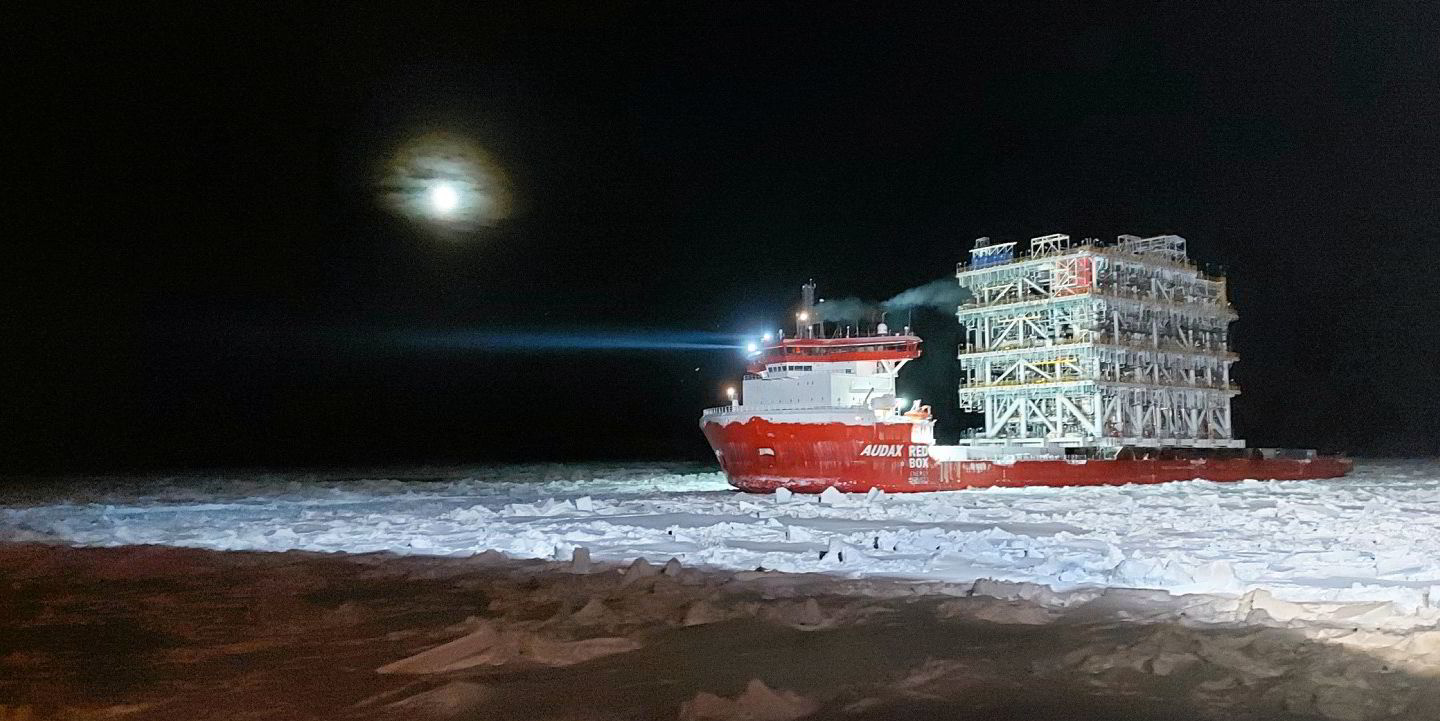Spot rates for LNG carriers are expected to see their seasonal summer uplift after a spring slump, but two financial analysts prepped their clients for a more modest rebound than in previous years.
Benjamin Nolan, who tracks shipping at US investment bank Stifel, identified risks to the normal seasonal rally in the second half.
“There are several items of concern,” he said in a note to clients.
Those include the fact that rates have slumped without the typical drop in tonne-miles, with ships taking longer voyages to avoid the Red Sea and to deal with Panama Canal congestion.
“There has actually been a strong surge in cargo demand from a number of important Asia countries (specifically China and India), which have increased the need for long-haul voyages,” he said.
“In other words, the market could be far worse right now, but there are some unusual factors that in the case of the Red Sea and Panama are likely transient, and may not be in place later this year (although we do expect strong Asian demand to continue should LNG prices remain low).”
Nolan added that LNG carrier supply has already increased by 2% this year and could rise to 10% for the full year, growing by a further 12% in 2025.
New projects are coming online to absorb that supply, including 60m tonnes per annum in North American capacity, but Nolan said the ramp-up is gradual and the Golden Pass LNG export project is behind schedule.
“As a result, while there should still be some seasonal uplift in shipping rates this fall, we believe it could be much more muted than had been seen the past few years, and this could be a challenging summer,” he said.
Analysts at Norwegian investment bank Fearnley Securities also tempered optimism.
In a note to clients on Thursday, Oystein Vaagen and Fredrik Dybwad said there is a potential for floating cargoes to emerge in July or August.
“And while this will aid freight in the short term, the availability list is well-supplied, hence any movements in rates are likely to be modest,” they wrote.
The Baltic Exchange’s BLNG index of spot market strength reached the equivalent of $46,520 per day on Friday, a dip from $47,180 per day a week earlier.
That is better than a reading of $37,760 per day a month earlier but is far from the peak of $204,600 per day in September.
The slump from those heights, which gathered steam in November, is not unexpected after the run-up to the winter.
“In the autumn, ships are often used for LNG storage, LNG production is higher in colder weather, ships generally move more slowly, and average voyage lengths are longer with more Asian demand,” Nolan said.
“All of those positive factors unwind usually starting in March or April, resulting in a loosening of supply and demand. That loosening certainly took place this year.”






